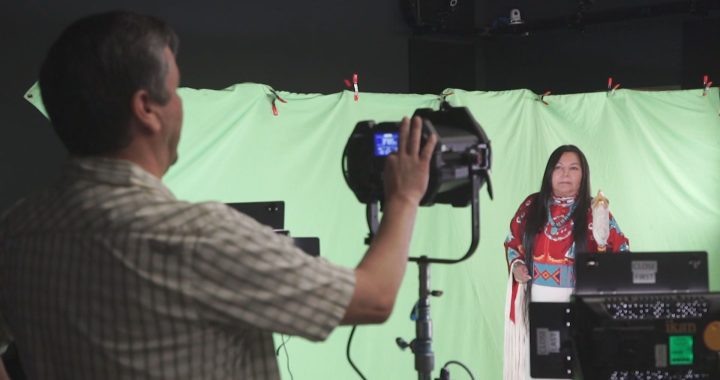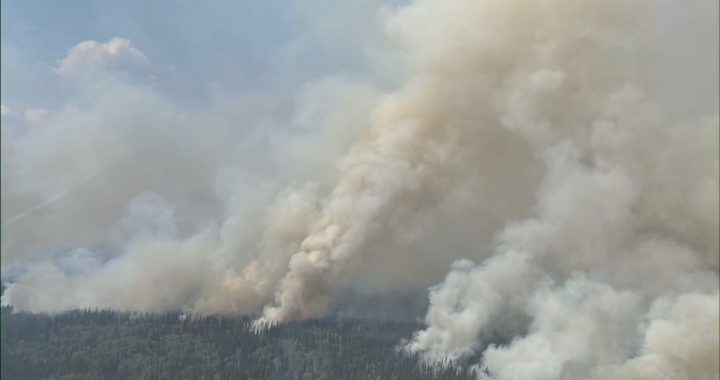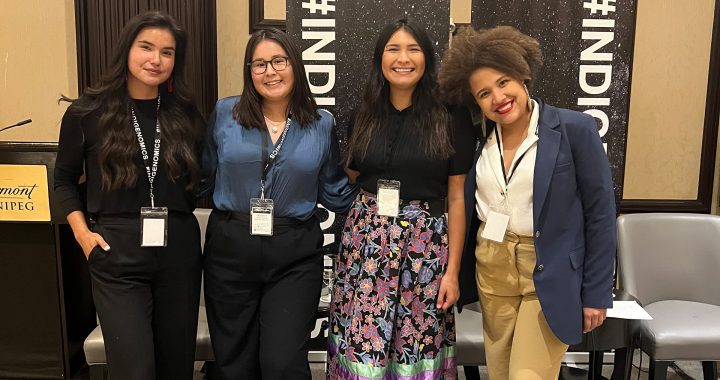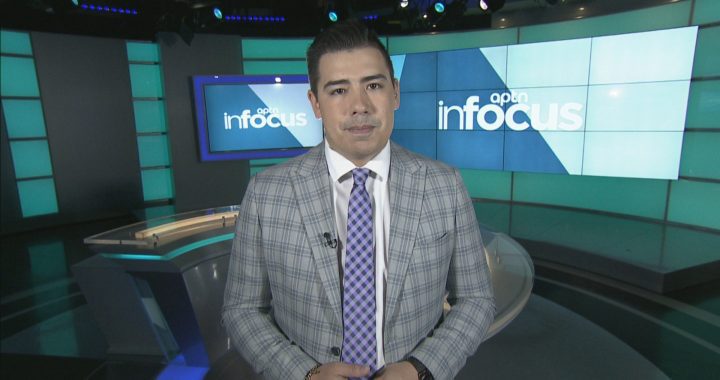Ever-changing expectations, moving targets, gaslighting, verbal and mental abuse plus over-loaded social workers – there’s no shortage of allegations against Canadian child welfare agencies by those in the system who say it’s rigged to keep kids in care, parents in turmoil and thousands of people employed.
They argue, there’s no accountability – due to privacy and powerful child welfare acts.
Linda Saunders was a long-time social worker in Labrador who had taken a break to get her masters in theology. She was asked to come back last spring when child welfare agencies were struggling to find ways to handle cases in the midst of the COVID-19 pandemic.
She obliged.
She was handed 40 files “double what would have been a heavy workload,” she said.
Saunders said she couldn’t meet in person with any of the people involved due to lockdown.
“I felt like I was weighed down so much I couldn’t be effective with anybody, I was just trying to keep my head above water,” Saunders said.
Being made a scapegoat
On May 17, 15 year old Wally Rich expressed suicidal ideation to his mother who reported it to the agency and group home.
Saunders was made aware of his thoughts two days later on May 19.
On May 21 Wally took his life at the group home he was at in Happy Valley–Goose Bay, Labrador, 300 km south of his home in Natuashish.
Days later she was asked to take time off pending an investigation. On June 29 she was fired.
Saunders said she was made a scapegoat in an effort to deflect attention from the systemic problems within child welfare in Labrador.
In a statement to APTN News, the Newfoundland Labrador Department of Children, Seniors and Social Development says government leaders have been meeting with Innu leaders to discuss the framework of an inquiry into Innu children in care, promised by the province three years ago.
Read More:
Truth about child welfare in northern Ontario
The department acknowledged that staffing challenges exist but says they’ve made strikes in increasing family supports and reducing apprehensions.
“We are pleased that our efforts to reduce the removals of children in care through working with Indigenous organizations has resulted in a downward trend on removals in indigenous communities in Labrador, in fact down by 35% since 2018,” said the statement.
Still, of 1,000 kids in care, one-third are Innu.
Saunders said there are still too many workers and supervisors in the system who choose removal first over finding supports.
“At the end of the day they really need to see what it is that needs to be done within the communities. Not come with this policy that is drawn up in some city far away, but access the communities and see what it is that needs to be done in order to make things better for these families,” Saunders said.
“It’s too complex and you’re sending in social workers, front line social workers that have no clue about the communities or families. That’s the biggest thing, the education piece is huge. Not just within the communities but at every government level.”
Traditional Law
Great-grandmother Brenda Morison lives in Eagle Lake First Nation, 300 km northwest of Timmins, Ont. She says communities need to stop dealing with Indigenous child welfare agencies who are governed by federal and provincial guidelines and rework child welfare rules in the community based on traditional law — Anishinaabe abinoojii anakkonigaawiin
“Both mother and child should never be separated. Never,” Morrison said.
“If our Anishinabe abinoojii anakkonigaawiin was operating full force in our Anishinaabe family service agencies, most of our children would not be care. These children would be home in their communities with their mothers.”
Winnipeg mom Fiona Moar knows the devastation the child welfare system can cause. Her daughter was questionably apprehended after a not-uncommon teenage episode.
Moar, her daughter, and numerous community supports – including a family doctor and principal– fought uphill for 19 months for the girl to be returned, which she finally was in September.
“There was no investigation – their first response is apprehension,” Moar said.
“When it comes to court, judges don’t want to listen to what parents have to say… it felt like (agencies and courts) just looked at my daughter like a paycheque.”
Moar started a TikTok account in September as an anti-CFS advocacy platform to help others navigate the system and educate the public about the destruction the child welfare has on families, seemingly with impunity.
In two months, she’s garnered 25,000 followers.











